How is this the first time I'm hearing about cribbing rings? Maybe you aren't familiar with them either.
They aren't something I would ever imagine on my own. How does anyone, especially those committed to the health and welfare of the horse (looking at you apparent idiots Veterinarians), think to themselves “this is a great idea!”?
I just don't get it.
First, what's cribbing?
If you don't already know what cribbing is, which is quite possible if your own horse or a close friends' horse doesn't have the habit, let me help.
Cribbing is sometimes called wind-sucking, which is an appropriate moniker. The horse bites down or leverages their upper incisors against a solid surface (like a gate, post or fence) and sucks air in.
Often cribbing is first triggered as a stress-response, but not always.
There are side-effects of the habit, like additional wear on the incisors and increased muscling of the neck muscles used to engage in the habit. Some horses will lose weight as they spend more of their time cribbing instead of eating. And naturally, anything wood will typically suffer some damage that's within reach of the horse's mouth.
There's been research that found a correlation between cribbing and colic, but has not yet found cribbing causes colic.
Methods for Controlling Cribbing
Typically, people will use cribbing straps or muzzles to help prevent their horse from actively cribbing.
Some owners will go to the length of surgically removing muscles that are involved in cribbing to stop it. This comes with mixed results… just the fact that going to such lengths could still fail to resolve the issue makes it illogical to me that anyone proposes it at all.
A new “cure” I've just stumbled upon is cribbing rings.
What are Cribbing Rings?
Let the horrors begin.
Cribbing rings are small rings, like those put in a pig's nose to prevent rooting, inserted into the horse's gums between the upper incisors.
At least, that's what the original cribbing rings were as invented by Dennis S. Chapman, an Equine Dentist.
That was back in 2009. That's right, Equine Vets and Dentists have been experimenting with this barbaric practice for 8 years already.
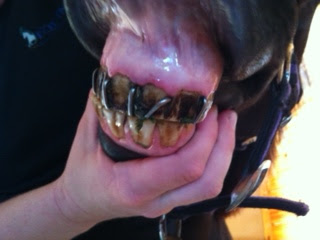
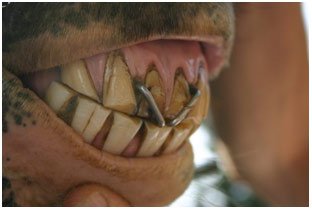
Even More Experiments
One vet found this original method flawed. Dr. Justin High working out of Reata Equine Hospital in Texas prefers to drill holes in the bone to place the rings in the horse's mouth, sometimes using rings as large as 2″ in diameter.
The way I install a ring is to drill a hole in the incisive bone between the two central incisors—about halfway between the top of the teeth and where the gum reflects on the lip. The hole starts on the outside of the gum tissue, and the drill bit goes through the bone and enters the inside of the mouth.
Dr. Justin High, DVM
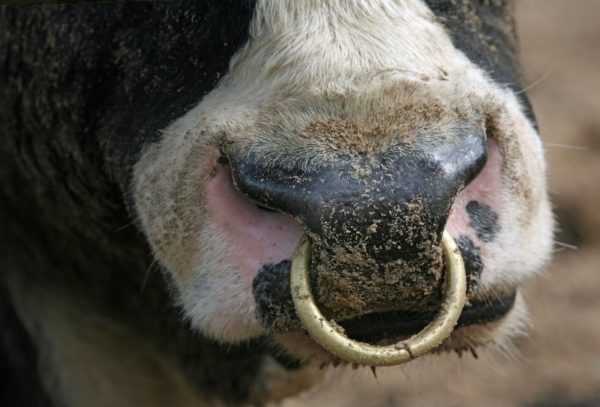
Is This a Joke?
I really, really wish this was an April Fool's joke. It's not.
This is 100% a real procedure that is happening to horses who suffer from cribbing.
There are real vets drilling holes through bone to place rings intentionally meant to CAUSE THE HORSE PAIN for a vice that is largely an annoyance but rarely life-threatening.
WTF is happening in the horse world?
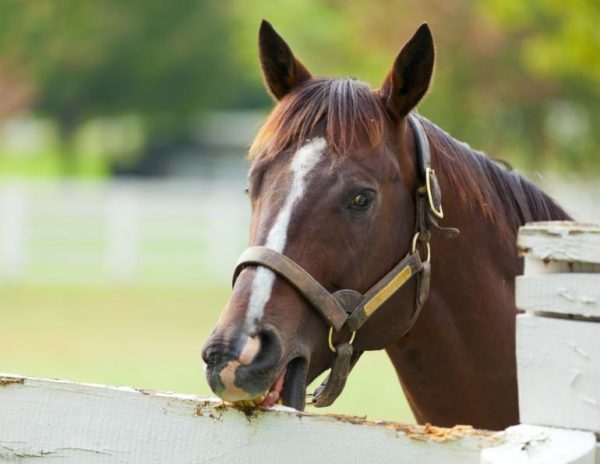
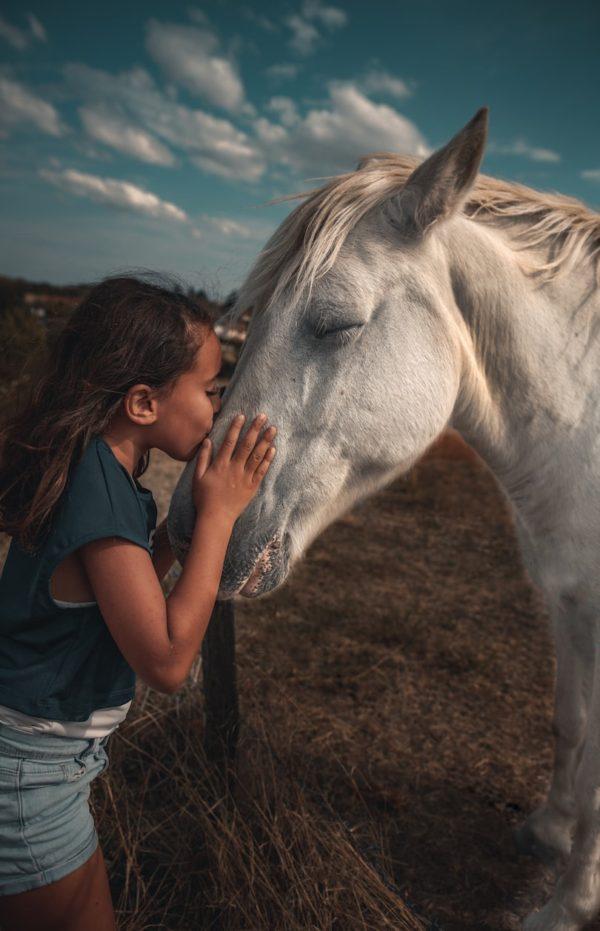
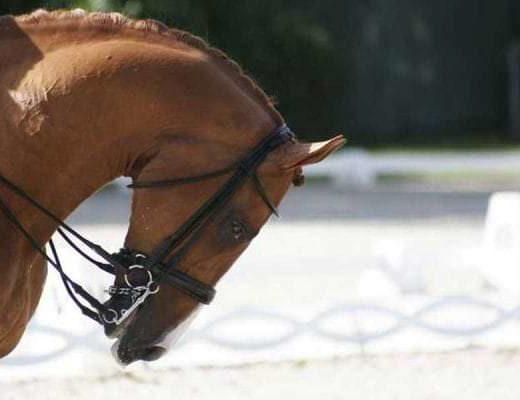
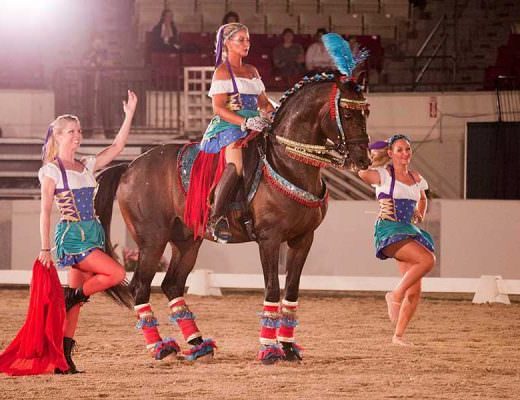
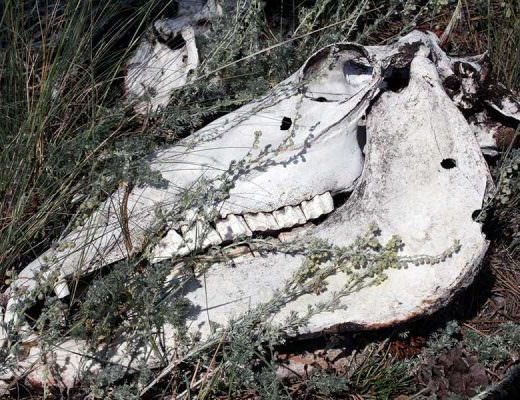
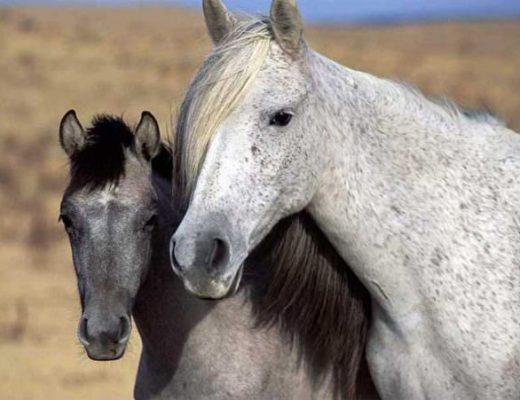
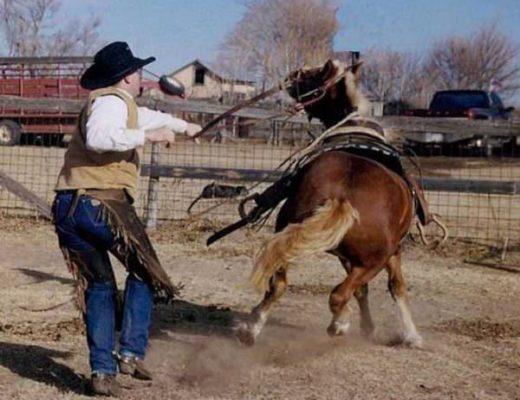
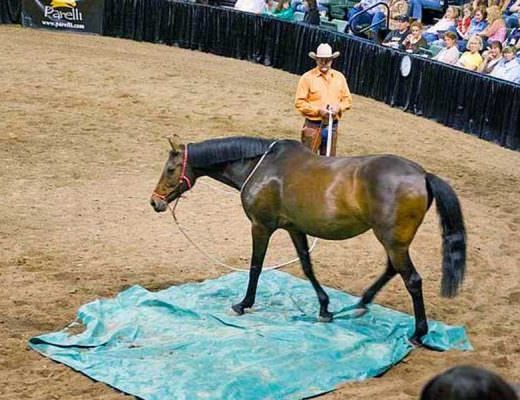
How awful! Doesn’t any of those vets ask themselves why a horse does that?? Stress for example and to remove the stress factors rather than drilling holes and putting cribbing rings in? I have a mare who used to do that but since she is with me and living a stressfree life and being outside in the field most of the time. Please people think before you accept any so called fixes.
Absolutely horrible! Medieval age! No understanding of horses at all!
Can we do a petition to stop this?
Who should we address?
Thanks for reporting!
Corina Burkhardt DVM
I feel sick! Didn´t know this was a thing going on!
Usually cribbing will disappear, or at least decrease, if the horse is moved to a calm environment with a well functioning herd and access to a paddock and hay 24/7. It´s our way of keeping horses that are all wrong, and the horses who are cribbing or showing other stereotypical behaviour are just the ones who try to tell us this fact!
I have arouse that cribs and I am wanting to start a blog on his behaviour and how I am managing it and I acame across this, I cannot believe it how horrendous, those poor horses, cannot believe it.
A new treatment for cribbing has recently been used that is not recommended and should not be used because of the pain it causes. Hog rings are metal rings that have been placed between the horse’s upper front teeth and into the horse’s gums. These rings are inserted to cause the horse pain and decrease cribbing. The American Association of Equine Practitioners has issued a statement indicating that these rings cause significant visible damage to the tissue surrounding the teeth and thus can lead to pain and disease of the teeth. Because of this, the AAEP does not support the use of hog rings to prevent cribbing.
This was discussed back in 2009.
I only read this because I misunderstood and thought you meant cribbing collars. This is absolutely demented. I’d put a horse down or let it chew my barn to the ground before I’d do this procedure. I honestly wonder if these vets are financially motivated or if they get some sick sense of power from this mutilation.